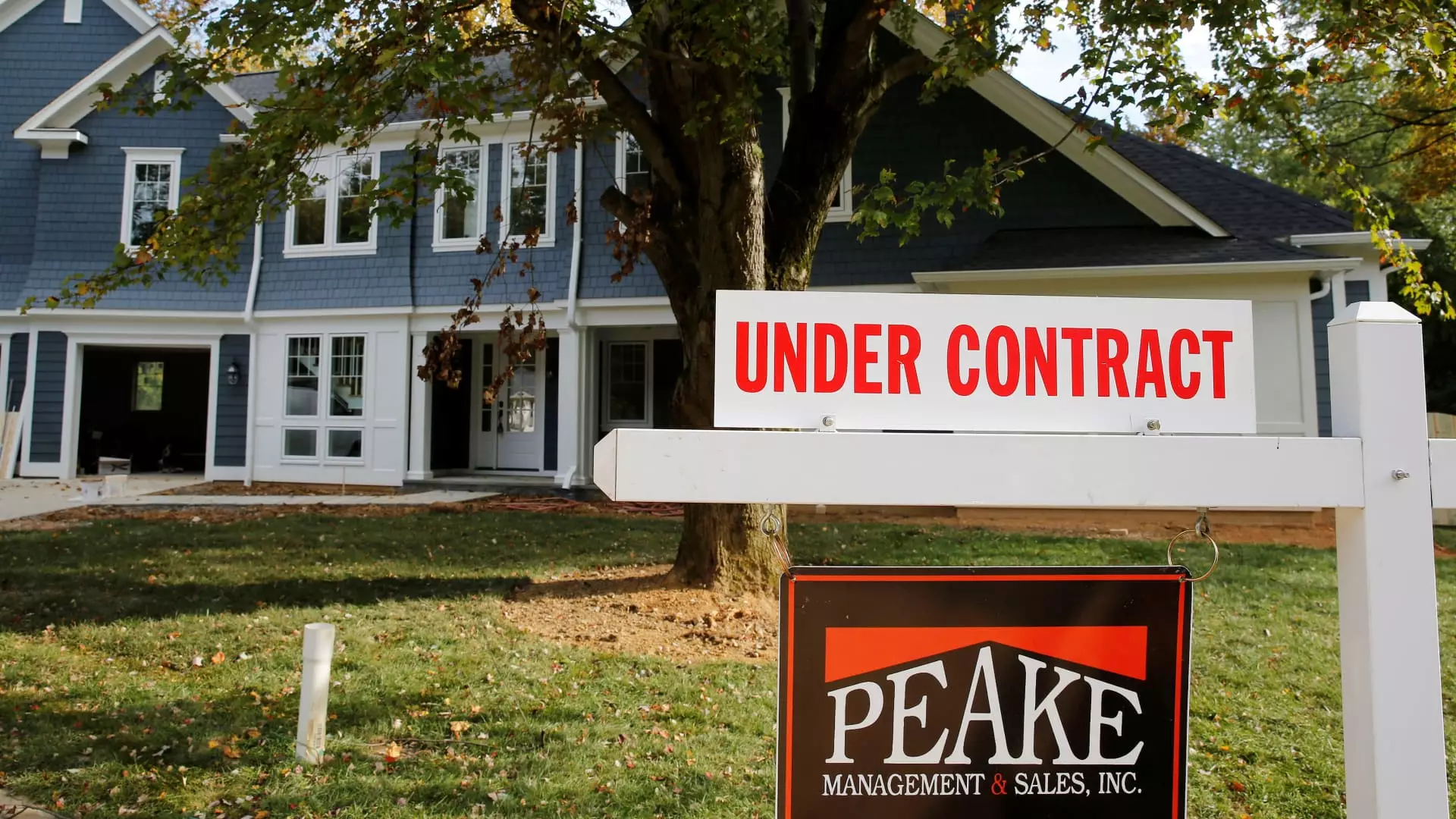In September, the housing market witnessed an unexpected surge in signed contracts for existing homes, with a remarkable 7.4% increase from August, as reported by the National Association of Realtors. This figure surpassed industry expectations, which had anticipated a modest uptick of around 1%. The inclination toward buying homes, demonstrated through these “pending” sales, marked the highest weekly totals since March and indicated a year-over-year growth of 2.6% compared to September of the previous year. The rise in contracts signifies a robust demand among buyers, emphasizing the impact of fluctuating mortgage rates on consumer behavior.
The Influence of Mortgage Rates
The relationship between mortgage rates and buyer activity is notably intricate. Throughout August, the 30-year fixed mortgage rate experienced a downward trend, culminating in a low of 6.11% by September 11, according to Mortgage News Daily. This decline played a crucial role in stimulating the market, as many prospective buyers sought opportunities to secure favorable financing terms. However, the situation took a quick turn, with rates soaring back above 7% in October, stressing the delicate balance that buyers must navigate. The volatility in mortgage rates not only shapes the affordability landscape but also directly influences homebuyer confidence and market momentum.
Regional variances revealed important insights into buyer behavior. The notable increase in pending sales was widespread across various regions, especially pronounced in the West, where housing prices are significantly higher. Lawrence Yun, the chief economist for the Realtors, highlighted that buyers capitalized on the combination of declining mortgage rates and an increase in housing inventory during the late summer months. However, the higher interest rates following this period present a renewed challenge for affordability, which continues to be a pressing concern for many buyers.
Despite these fluctuations, mortgage demand experienced a 10% increase compared to the same week in the prior year, according to the Mortgage Bankers Association. Nevertheless, these figures must be interpreted with caution as overall demand remains historically low, and increases in pending sales seem to be a temporary response to favorable conditions rather than a sustained upward trend.
Experts are cautious about the sustainability of these recent gains. With interest rates climbing back towards 7%, industry analysts predict that any rebound in pending sales may be short-lived. Selma Hepp, chief economist at CoreLogic, indicated that while current activity is encouraging, the expectations for 2024 home sales are not promising, as they may not surpass the numbers seen in 2023. As economic factors shift, the interplay between job growth, inventory levels, and mortgage stability will be pivotal in determining the fate of the housing market in the coming months.
Overall, the recent uptick in home sales illustrates both the resilience of buyers in seeking out deals during advantageous periods and the challenges they face as the economic landscape shifts. Understanding these dynamics will be essential for stakeholders within the housing market as they navigate the complexities ahead.


Leave a Reply